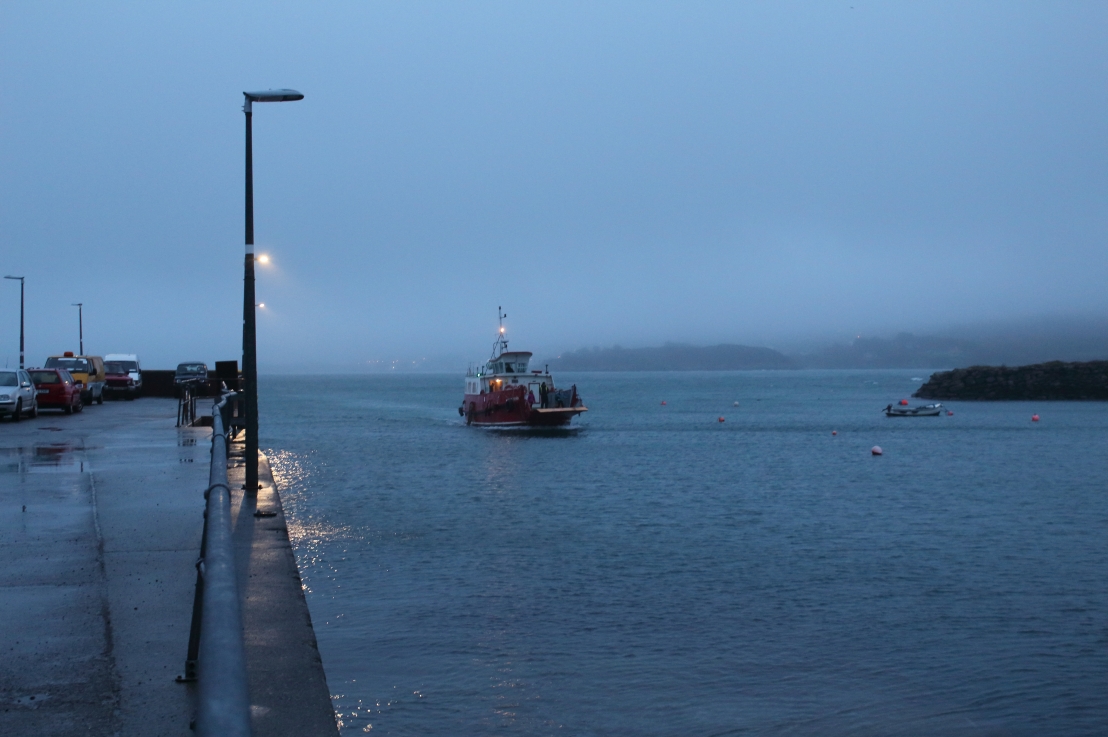Despite logging in early this week in an attempt to iron out technical glitches, sound was frustratingly erratic this week in SL. Saoise is beginning to have sympathy with my children and their complaints regarding our home internet connection!
Discussion this week revolved around Michael Foucault’s 1967 essay: Of Other Spaces: Utopias and Heterotopias. According to Wikipedia, ‘Heterotopia is a concept in human geography elaborated by philosopher Michel Foucault to describe places and spaces that function in non-hegemonic conditions. These are spaces of otherness, which are irrelevant, that are simultaneously physical and mental, such as the space of a phone call or the moment when you see yourself in the mirror.’[1]
Thus the heterotopian space can be seen as an ‘other’ place, existing in real time and space, contrasting with the ‘no’ places of utopian thought. Walter Russell Mead has written, “Utopia is a place where everything is good; dystopia is a place where everything is bad; heterotopia is where things are different — that is, a collection whose members have few or no intelligible connections with one another.”[2]
Heterotopias are defined as sites which are embedded in aspects and stages of our lives and which somehow mirror and at the same time distort, unsettle or invert other spaces. (http://www.heterotopiastudies.com/whats-it-about/)
Connections were drawn between Foucault’s ideas on heterotopian space and the ferry carrying the BAVA students to their study base on Sherkin island. Foucault states ‘the boat is a floating piece of space, a place without a place, that exists by itself, that is closed in on itself and at the same time is given over to the infinity of the sea and that, from port to port, from tack to tack, from brothel to brothel, it goes as far as the colonies in search of the most precious treasures they conceal in their gardens, you will understand why the boat has not only been for our civilization, from the sixteenth century until the present, the great instrument of economic development … but has been simultaneously the greatest reserve of the imagination. The ship is the heterotopia par excellence. In civilizations without boats, dreams dry up, espionage takes the place of adventure, and the police take the place of pirates.
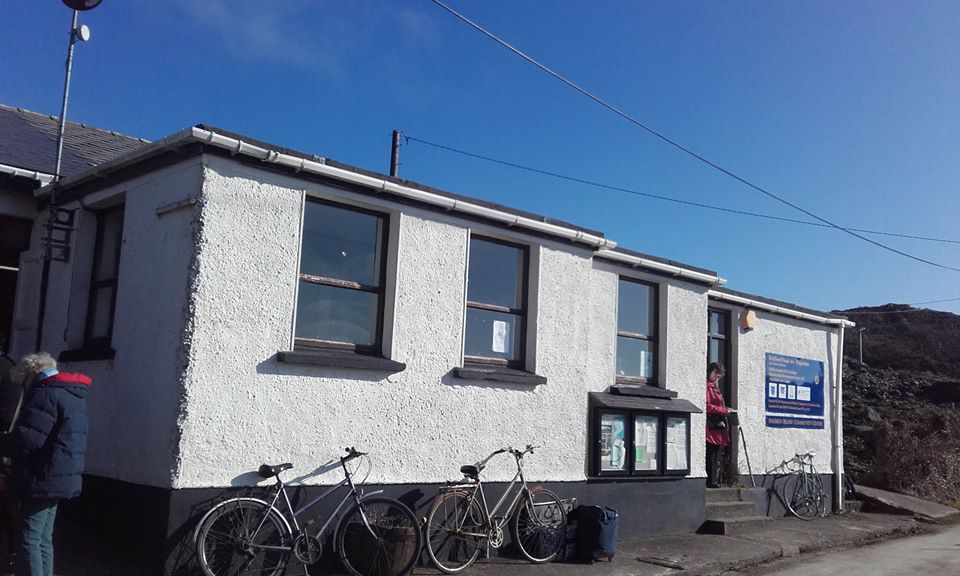
The Sherkin Island community hall that we study and create in, would also count as heterotopian space as an extension of the DIT Dublin campus, providing educational space, community space, exhibition space, exercise space (etcetera, etcetera) to a diverse community of islanders and students (albeit with a severe shortage of storage space, it must be said!)
I am also interested in investigating the idea of the playground as a heterotopian space. It is a real space – ‘lets go to the playground!’ – yet it can exist in any number of locations and functions as an educational space, exercise space and social space. There is also a growing trend for adult playgrounds with equipment suitable for adults being installed in similar spaces.
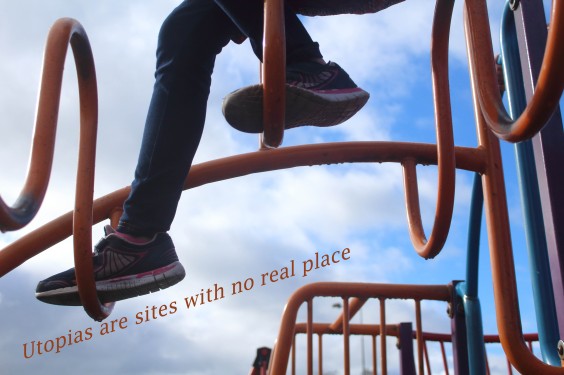
Art itself can create heterotopian space, as installation, interaction, crafting, sculpture and skills come together to create ‘other’ spaces. I have experienced a good example of this in the Turbine Hall exhibition space of the Tate Modern in London.
The virtual space of the DIT campus on Second Life is proving to be a useful heterotopian space for the exchange of ideas and information regarding our degree course, a space where we can meet up with lecturers whilst remaining firmly at home, an experience not unlike Foucault’s mirror, particularly of benefit to us distance learners.
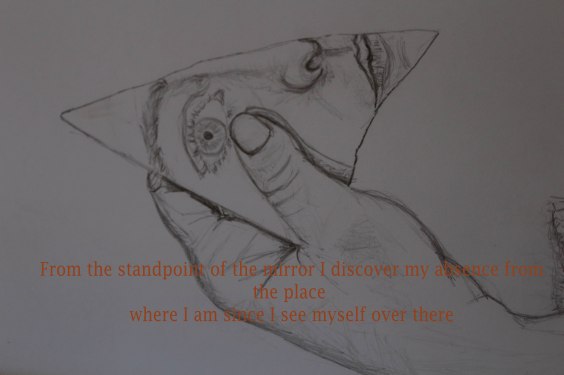
Thus the ideas of heterotopia allow space for the creativity and innovation so essential in the visual arts. Space that is not so readily available in the idea of universal Utopia.
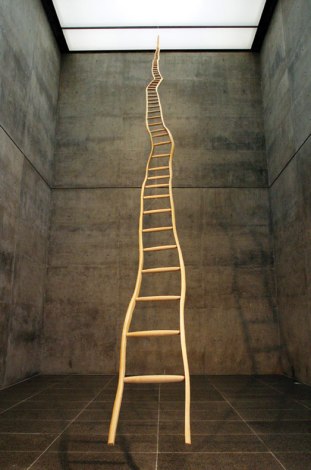
http://www.sculpturenature.com/en/martin-puryears-big-bling-at-madison-square-park-new-york/
According to André Reichel of the Karlshochschule International University, (http://blog.karlshochschule.de/2016/11/11/utopian-sustainability)
‘Both technological and societal Utopias often neglect the human individual and its free agency. The freedom to choose not to live in someone else’s Utopia is overlooked all too easily. Abandoning your humanity and severing your ties with nature in some technofuture might not be a dream for a lot of people, but rather a nightmare. The same is true for grand narratives trying to transform the people of the present into somewhat better people of the future. We are humans and as such we fail. Balancing boldness, without which we would never dare to dream up better futures, with humbleness and friendliness to the failures of others and our very own failures appears to be more necessary than ever.’
